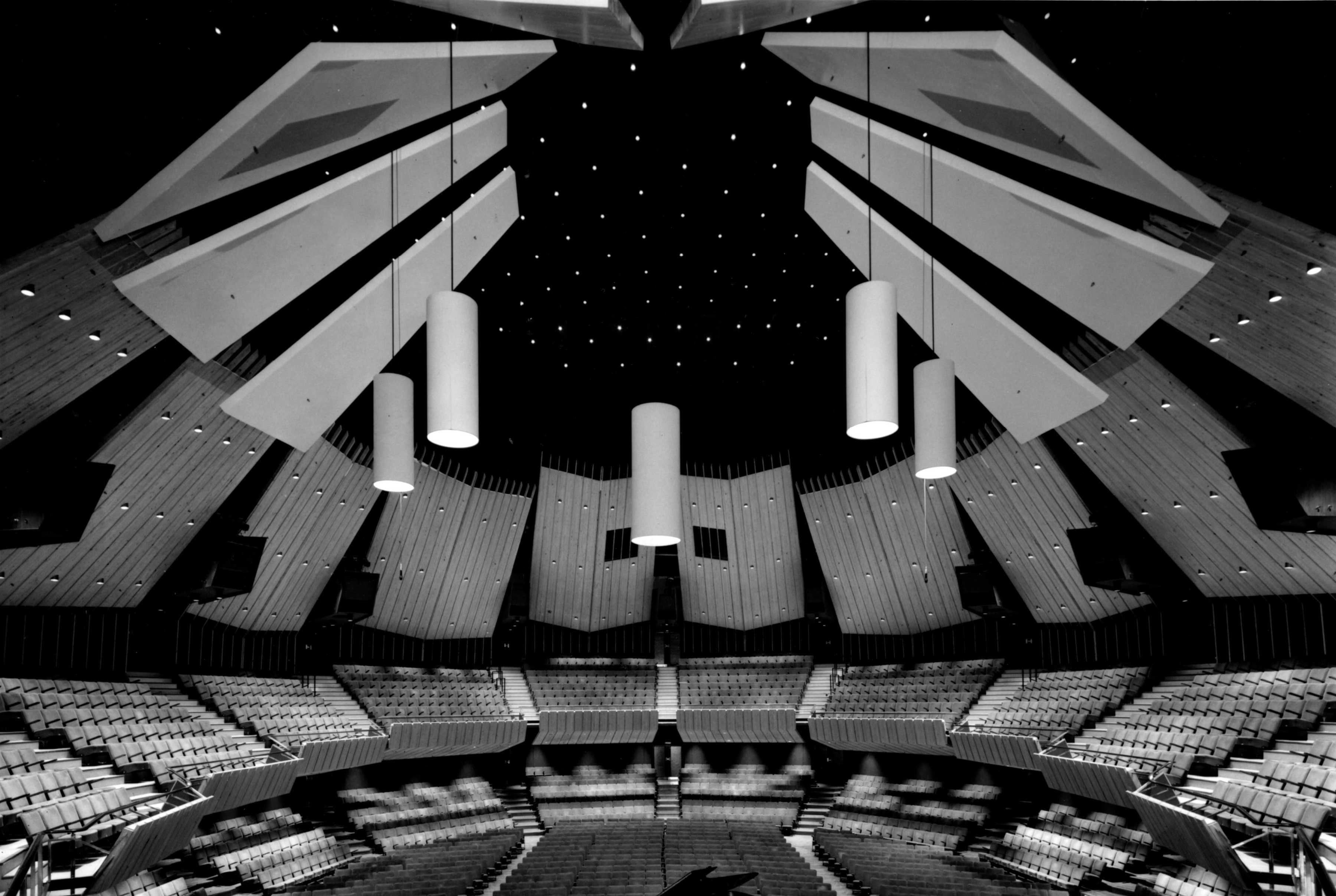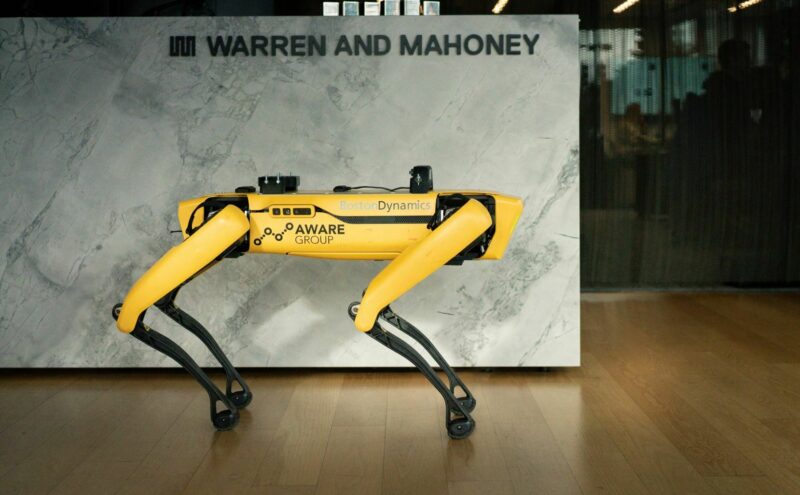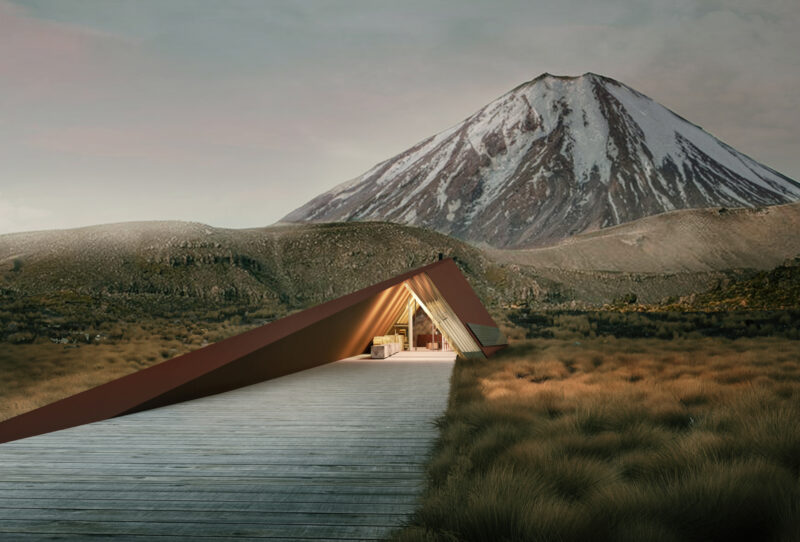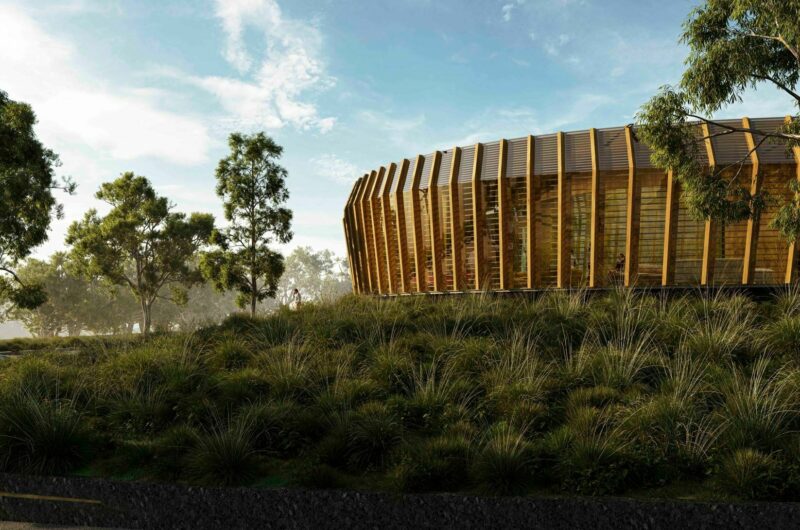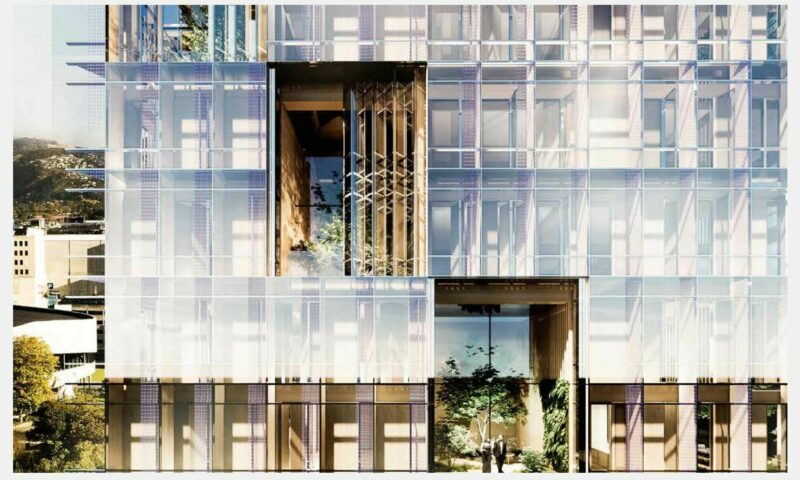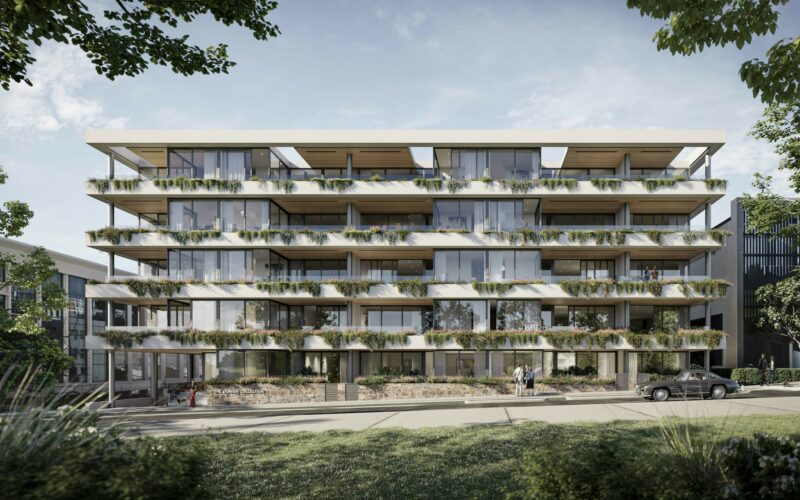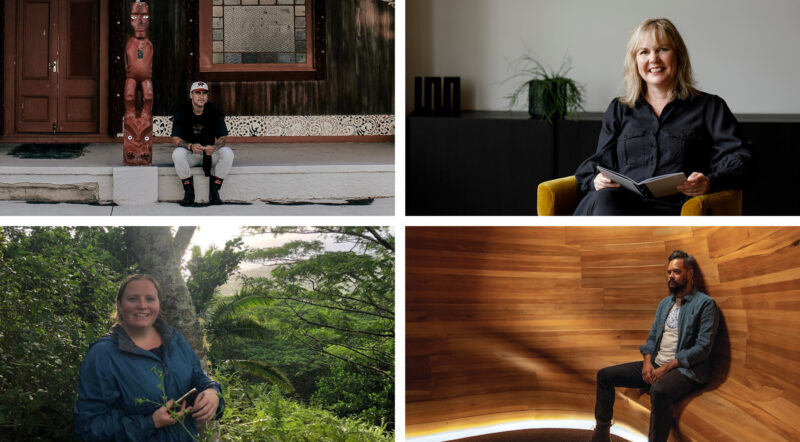The earthquake of 22 February 2011 and the ongoing sequence of aftershocks will be remembered for the destruction of much of the built fabric of Christchurch.
It is not completely clear, even now, several months after the initial event, quite how much has been lost forever. Whatever the implications finally are, it is clear that the cost will be very high. Many of the city’s most precious architectural assets have been unceremoniously torn to pieces or left empty to await their final demolition. Many of these buildings collectively represented physical markers on a map showing the route that Christchurch has travelled. They represent how the city began, how it saw itself as a young society and how it matured into one of the most beautiful cities in New Zealand. And now that map - that historical evidence of the city’s long journey - is in tatters and the way forward is very unclear.
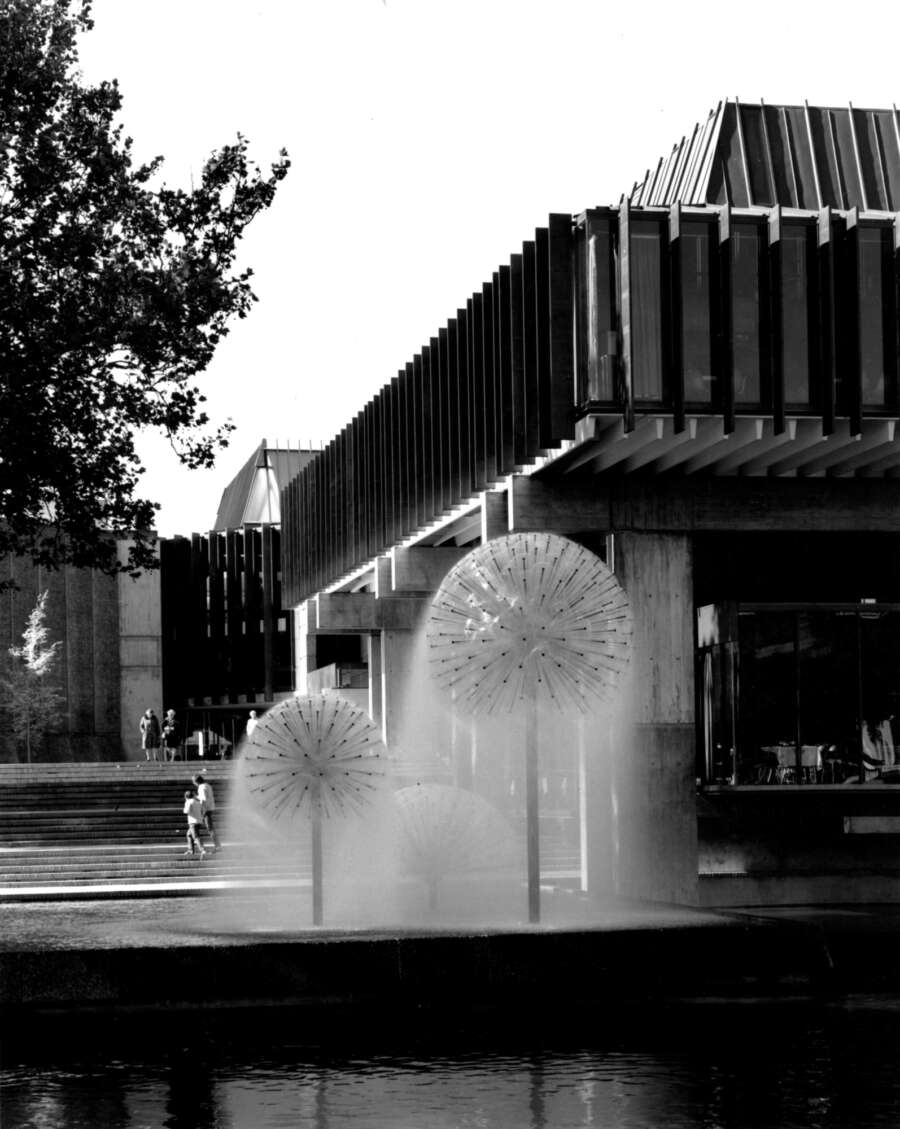
Much of the focus concerning the destruction of Christchurch’s fabric has fallen, rightly, on its most prominent and oldest artefacts. The Anglican and Catholic Cathedrals, the Provincial Chambers and the neo-Gothic buildings represented by the Arts Centre, Cranmer Courts and Christ’s College dominate the community’s sense of grief for its damaged or lost architectural heritage. That these buildings will cost hundreds of millions of dollars and perhaps ten or more years to repair or replace is just now beginning to register in the consciousness of the city. It is a sobering reality that some of this fabric has been lost forever and that this loss will change the face of the city. This collection of symbolic and substantial buildings is rather like the collection of a respected art museum; losing half of that collection leaves the museum impoverished and saddened after two hundred years of commissioning and collecting the very best work of its most talented citizens.
The most devastated category of built work has so far been the low rise brick-based architecture of the late 19th and early 20th centuries. The devastation of High Street, Manchester Street, much of Colombo Street and the countless smaller groupings of character buildings in Fendalton, Merivale, Victoria Street, Sydenham and Sumner is very clear to see. These buildings have been the first to fall, whether during the earthquake itself or through the immediate response to human safety after the event. These buildings are largely lost forever. They are simply too costly to replace and lack both the economic drivers and community commitment to see them rebuilt.
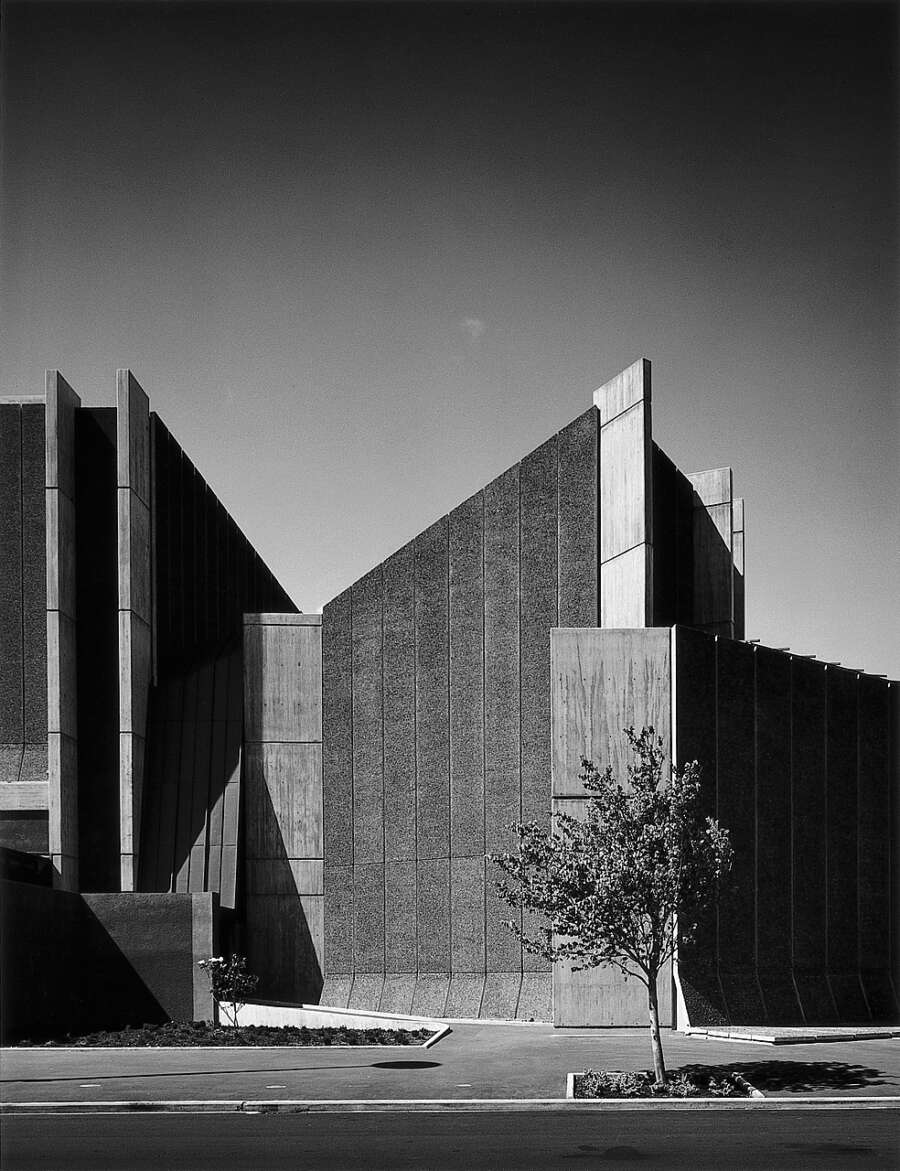
However, if one half of the Christchurch’s physical identity is attached to these earlier categories of work, then surely the other half is derived from the almost unique array of post war buildings built between 1950 and 1980. These buildings represent the collective output of a relatively small but prolific group of talented architects working in a time when New Zealand – and Christchurch city - were experiencing circumstances diametrically opposite to those which the city is confronting now. In a very real sense, the work of this time catalogues the growing aspirations and optimism of a confident and ambitious city at a time when New Zealand was still joined at the hip to mother England but was steadily outgrowing that mother’s care and protection. It is characterised by buildings created by feisty young architects working at a time when New Zealand had the third highest level of GDP in the world after the USA and Sweden. This is the superb and precious Modern Heritage of Christchurch - the 20th Century classics that have also been damaged and lost through the terrible seismic upheavals of the past several months.
The buildings of this modern period and the history of the people that commissioned and designed them are as important to the city's identity as their earlier counterparts. They are part of the living history of Christchurch and part of its future. The best examples will need to be protected, restored and rebuilt if Christchurch is to have a legible template for its future development as well as a true record of its past.

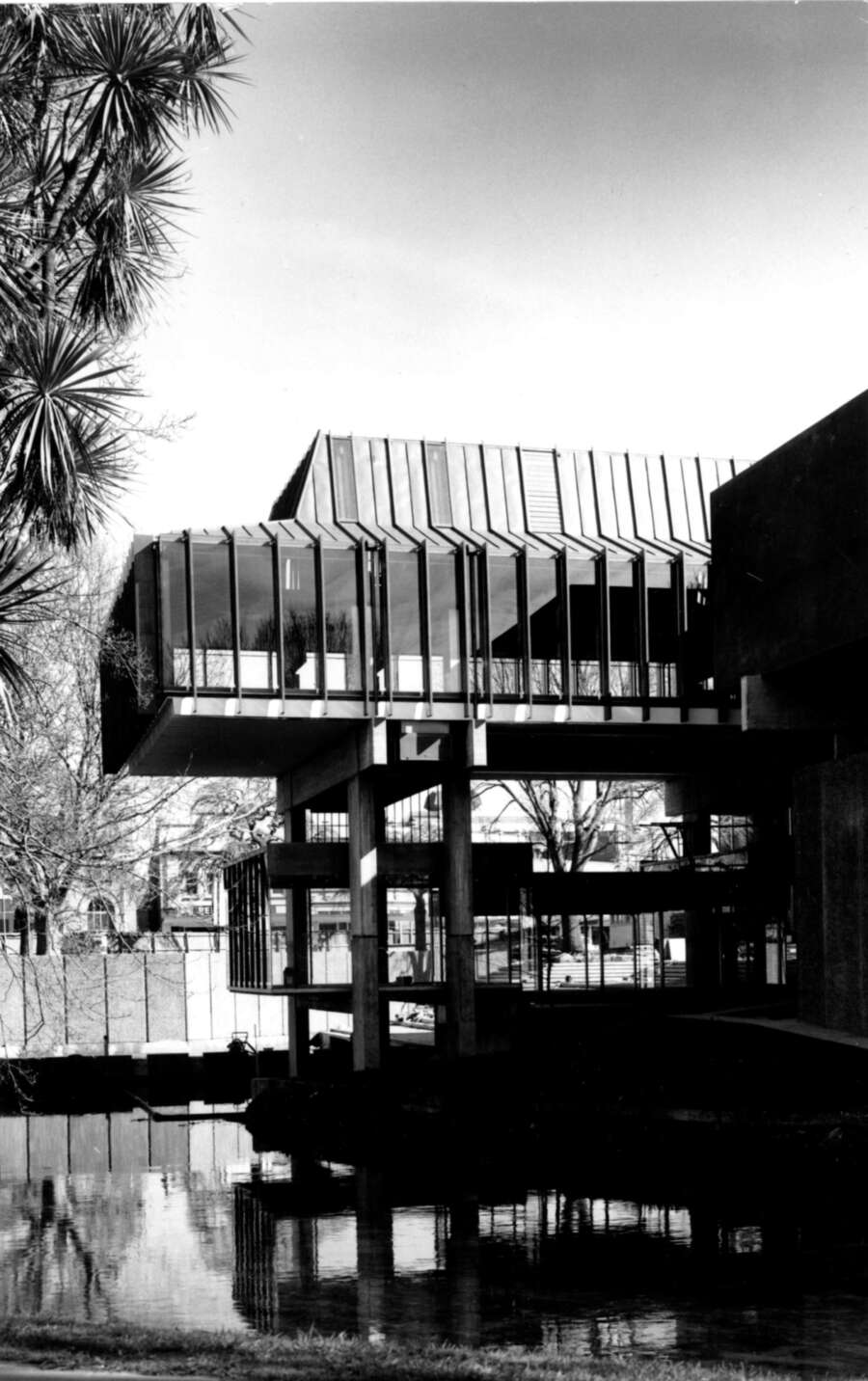
Christchurch was blessed during the period 1950 -1980 with individuals possessing remarkable architectural talent. They were few in number but, propelled by their natural talents - prolific in output. Warren and Mahoney created a body of work that reflected a continuous fascination with the ways in which substantial materials are modelled, made and connected – concrete to steel, timber with glass. This obsession was not unique. Several talented young architects starting practice in the 1950’s shared the same ideals, propelled by their adoration of concrete-driven European Modernism and the relentless and unapologetic sleekness of steel-based American architecture in the mid to late 20th Century. The simultaneous exploration of similar themes by the talents of Beaven, Donnithorne and Pascoe, amongst others, would ensure that Christchurch would have a concentration of weighty modern architecture to rival – pound for pound - any city in the world.
The work of this period, regardless of its specific authorship seems to have explored a limited number of common themes. The shared concern with heavily modelled concrete-based facades, simple, unaffected forms and raw materiality is clear. The sculptural confidence of these buildings with their bare-knuckled structural expression provide a sharp contrast to the thin skinned more contemporary offspring of the last thirty years. Importantly, many of Christchurch’s most respected institutions had endorsed this architectural direction, and, almost by subliminal agreement, a new identity for the city was firmly set, literally in concrete. Work for Christ’s College, the Christchurch City Council, Ballantynes, the Lyttelton Tunnel Authority as well as a wide variety of commercial clients collectively changed the face of the city. Within a period of only 25 years Christchurch had laid a thoroughly modern – and modernist - stratum of architecture adjacent to the earlier works of Cecil Wood and Benjamin Mountfort. The result was a rich mix of architecture which all seemed to say one thing; “We are here to stay”.
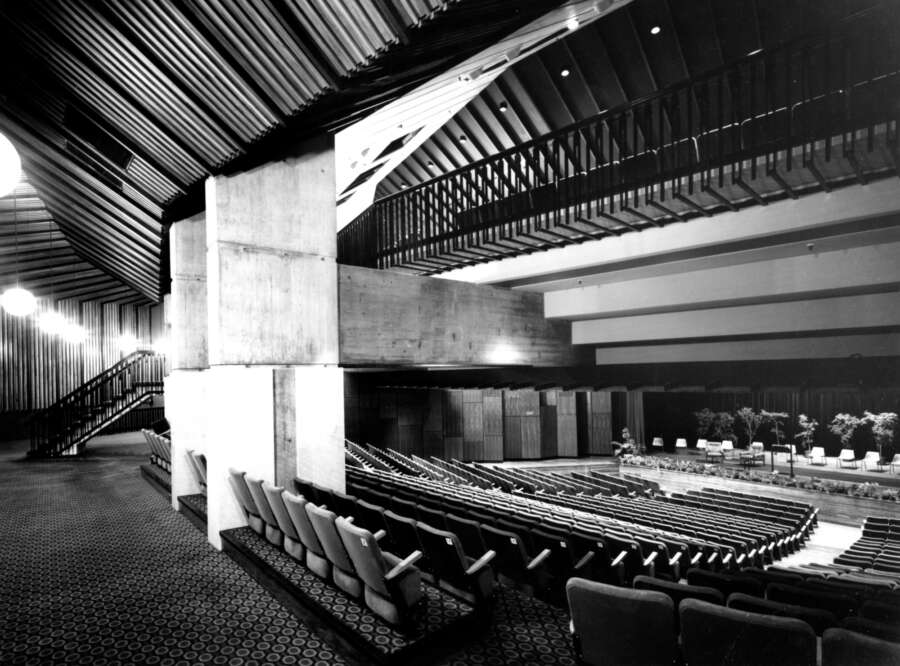
This modern work was conceived and made with the relative ease that accompanies real talent, but not without the usual professional jealousies and frictions that are a part of the high stakes world of architecture. Miles Warren has reflected that the Christchurch Town Hall was built efficiently and beautifully by Charles Luney with very little paperwork and without much fuss. The drawings and specifications were duly completed - not in a hurry of course; such things were of secondary concern then compared to the quality of the concept - and the building was built. That was it.
The Lyttelton Tunnel Authority Administration building is another example of the superbly crafted and highly symbolic architecture of this time. Designed by Peter Beaven, this building is a victory of talent and vision over the constraints of a pragmatic brief. In less talented hands Christchurch could have easily been delivered a crude and functional container. Instead Beaven delivered a world class symbol for arrival and movement as well as a perfect artefact of its (and his) generation. Today the achievement of the Christchurch Town Hall is a symbol, not simply of the architect's ability, but of Christchurch capacity at its most confident and ambitious. The Lyttelton Tunnel Authority Administration building represents Christchurch's remarkable trust in creative vision; a trust repaid with a body of remarkable and irreplaceable architecture.
By 1980 the installation of a dozens of superbly crafted low rise buildings within the central city had also been completed. Beaven's delicate Manchester Unity building and Warren and Mahoney's SIMU building are two of the best examples of commercial office buildings whose vertical scale and proportions seem to fit the natural order of a small but confident plains city. The mass of new work had now achieved such a level of density and consistency that Christchurch could claim the best collection of contemporary work of any city in New Zealand. This collection, almost a generation later, is the Modern Heritage of Christchurch.
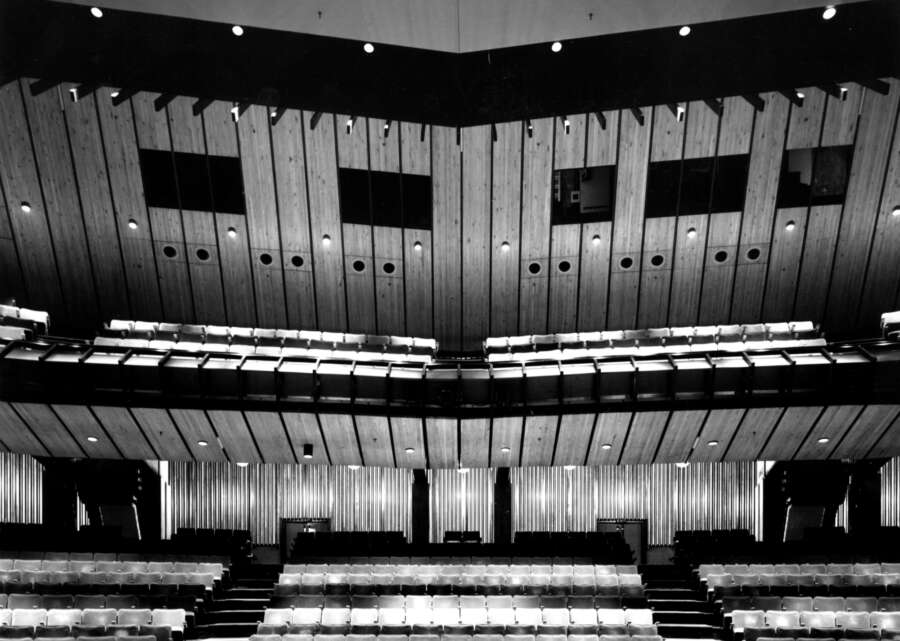
Much of this work will now be lost. What has not been destroyed outright by the earthquake itself may well be destroyed by changing economic requirements for commercial premises or the untenable costs of reconstruction and repair. And as the progressive demolition of this modern heritage gathers pace over the next months an important question will have to be answered; how much of this fabric can be lost before Christchurch is no longer Christchurch?
The answer will reside in the quality of what we do next. If we retain sufficient fabric from the past to protect the thread of the story of the city, its people, its architects and its life, we will be able to decipher a way forward that is true to those roots. These terrible circumstances have imposed a precious opportunity to pause and while we have time, to consider the form and fabric of a city that incorporates fragments of its past, its most precious memories and its most symbolic architecture.
New buildings and public spaces will be designed and built in Christchurch over the next ten years and beyond. What will they represent? What kind of city will they collectively generate? The city has an opportunity to develop carefully towards a low rise, consistent, medium density environment punctuated by carefully inserted public open space; a city without the fluctuations in fabric created by high rise buildings in the context of a small city. Christchurch also has the opportunity to adopt the environmental and urban design lessons learned in Australia and Europe. In a very real sense, the city could be a place offering all of the advantages of new technologies and new workplace design strategies and by doing so, become a place preferred for education, research, recreation and the idealised life that it represented in the time when its Modern Heritage was first created. And it will need to do all of these things - and more – if it is become attractive again to businesses, institutions and people who have the vision and courage to re-commit to one of the most beautiful places in the world.
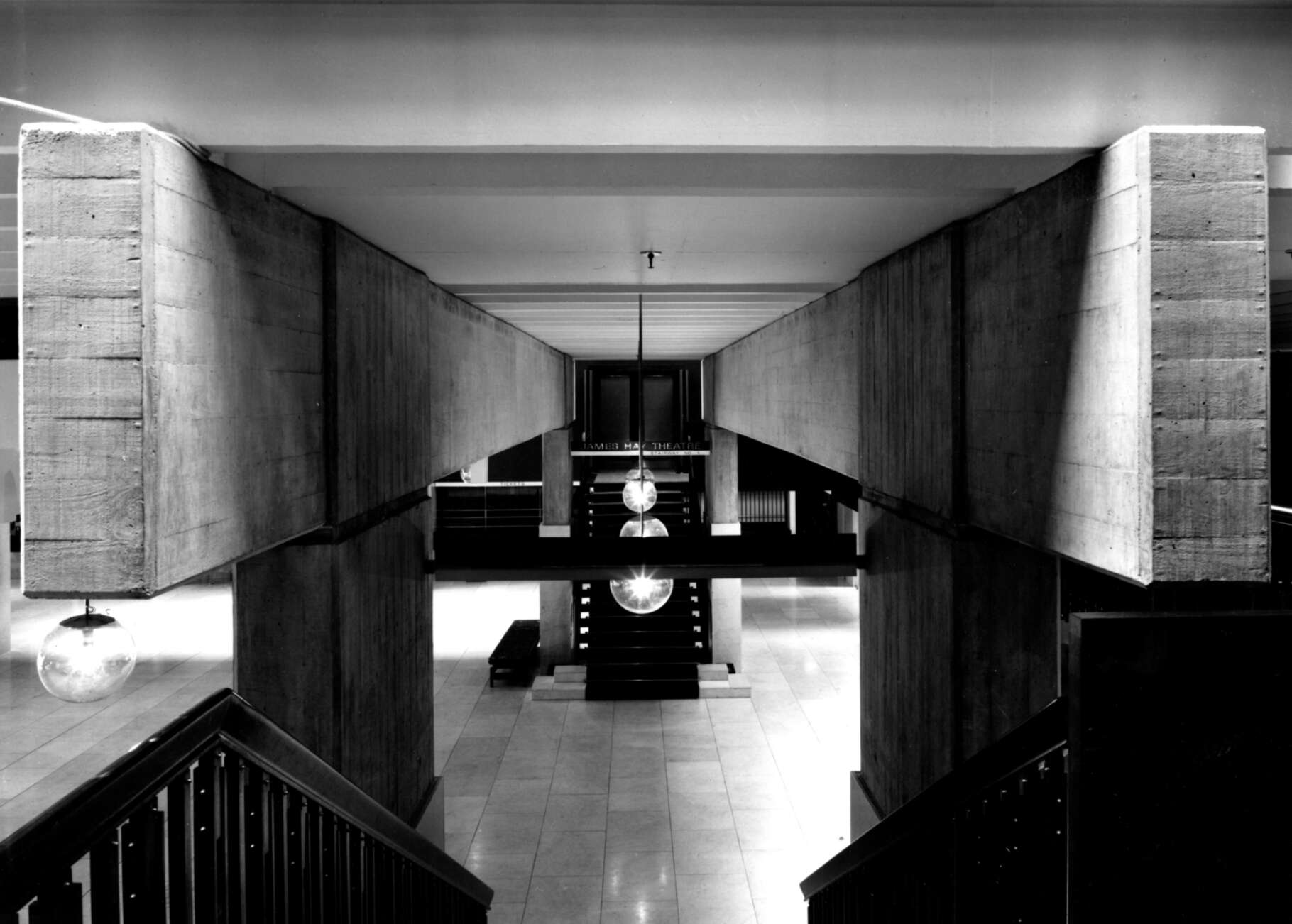
It is difficult to prescribe what the form and appearance of this new city; there are so many factors still in play. However, my view is that the clues are all there in our understanding of the past and the technologies of the future. The best parts of the remaining city are low rise – up to 6 floors, building heights are consistently maintained and the edge of the street is held firmly except where there is a legible and well made public space. Christchurch has, and should continue to have, buildings that reflect the characteristic vertical facade modelling that is so much a part of the city’s remaining fabric. Shadow, weight, rhythm, and sculptural clarity are characteristics of most of Christchurch’s best buildings and these elements should guide us away from the relentless glass facades that are much more at home in larger, taller cities like Auckland and Sydney. We should not, however be bound by an arbitrary set of rules but by a common agreement on what the city has been, is and can be. This should not be difficult to achieve; most architects working in the city have already adopted many of these precepts in their own way through recognising and respecting the evidence of quality and character they saw around them. There are numerous examples, of course, of terrible developments that have completely ignored all clues and context. The current circumstances perhaps offer an opportunity to improve that situation.
As architects we will look forward of course; to what is possible, to what the new face of Christchurch will convey in say 20 years. We will be optimistic and we will look for new and beautiful ways to rise from the ashes. But we will also refer to what we can still see of the past, to what is left - and what we remember of the people and the buildings that make Christchurch what it has been and can be again.
